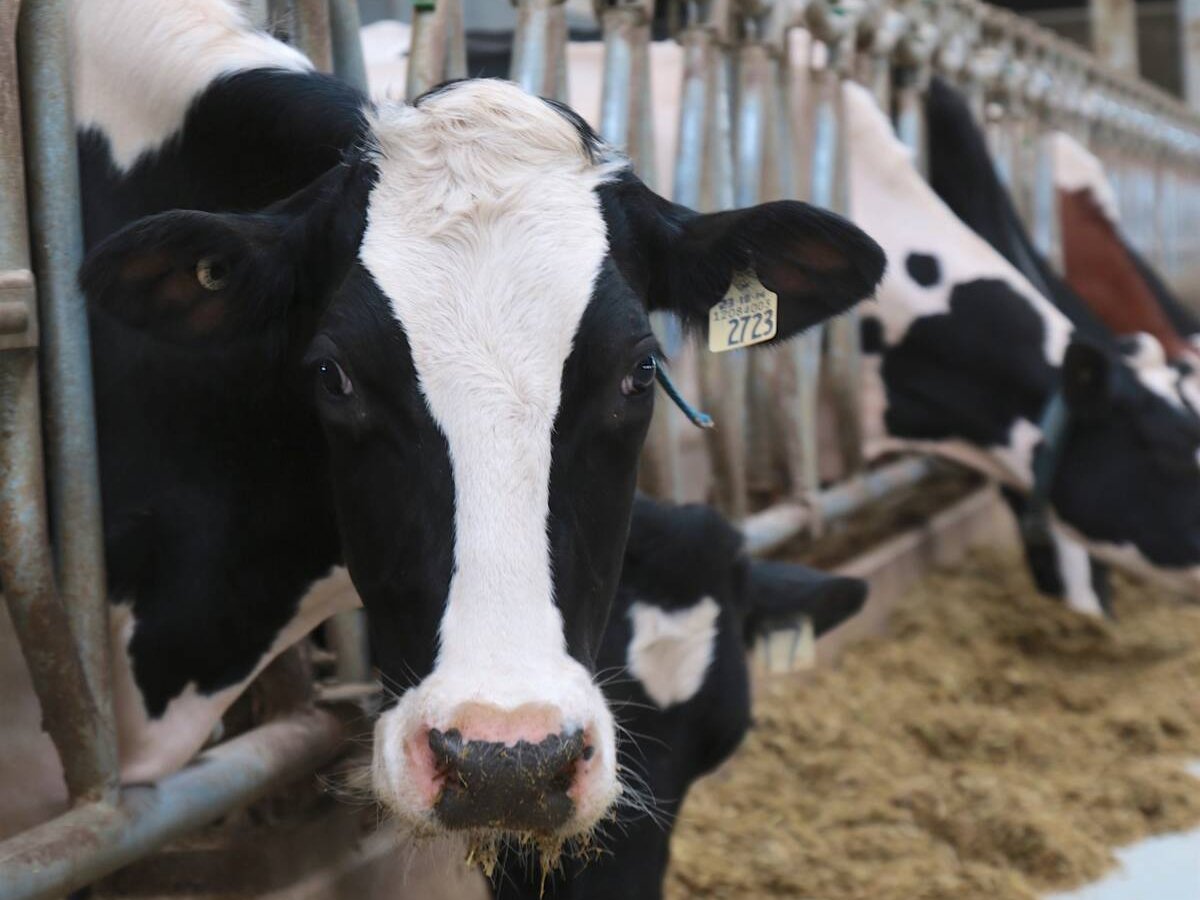A bison co-operative that owes millions of dollars in deferred payments to its members continues attempts to restructure its debt under bankruptcy protection granted this month.
The North American Bison Co-operative, which has more than 300 members in Canada and the United States, filed for bankruptcy protection Nov. 1.
Most of the co-op’s debt is for payments owed to members for delivering bison to its plant in New Rockford, North Dakota. The plant is devoted to slaughtering bison.
“We’re quite confident, or at least we’re very hopeful, that they have the plant turned around,” said Ken Johnson, a bison producer from Elkhorn, Man., who is owed more than $200,000 US.
Read Also

The Organization for Economic Co-operation and Development lauds Canada’s low farm subsidies, criticizes supply management
The Organization for Economic Co-operation and Development lauded Canada’s low farm subsidies, criticized supply management in its global survey of farm support programs.
“They’re committed, they tell us, to paying back all the past deferred payments.”
The bison co-op has $8.5 million in assets and $24.5 million in liabilities, according to documents filed with the North Dakota district of the U.S. Bankruptcy Court.
Dieter Pape, the co-op’s chief executive officer, said Nov. 17 that the NABC wants to have its financial affairs in order and be out of bankruptcy protection by next April. He also said the co-op intends to eventually pay its members their deferred payments, which began accumulating four years ago and total more than $22 million.
“We’re in a much better financial position than we were a year ago,” Pape said.
The co-op has consolidated most of its meat processing at the New Rockford plant, he added, with only a small amount contracted out.
“We’re a going concern.”
NABC was formed in 1992 as a new generation co-op and was seen as a leader in helping farmers add value to a commodity.
Its goals included providing members with a fair and steady market and bringing structure to the bison industry through quality and grading standards.
In 1997, former president and chief executive officer Dennis Sexhus gave a presentation in Fargo, N.D., in which he described the benefits of the co-op for producers.
“We went right in with a price of $2.35 per pound instead of $1.90 per lb., which was the then prevailing market price, and we have maintained that price,” Sexhus said at the time.
“Our producers have benefited from day one. Breeding stock prices have about doubled or tripled since the co-operative came into existence.”
However, in the years that followed, bison production began to overtake demand for meat. A problem for the co-op, according to its bankruptcy petition, was that it was locked into buying members’ animals at set prices, regardless of the market price.
Documents filed with the bankruptcy court show the co-op has 332 members. A third are Canadian.
Johnson has been a member since he began raising bison in the late 1990s. With so much money at stake, he’s clinging to the hope that the co-op can navigate through its financial troubles.
“If the plant folded, we would be out not only a place to ship our animals, but also the money owed.”
Four Canadian bison farms are on the list of creditors holding the 20 largest unsecured claims against the co-op. Johnson is owed $207,673, A Serle Hanson Farms Ltd. of Valhalla Centre, Alta. is owed $242,066, Rockwood Bison Ranch of Headingley, Man., is owed $274,676 and the Silver Creek Bison Ranch of Binscarth, Man., is owed $651,035.
Turner Enterprises, Inc. of Bozeman, Montana, has the largest unsecured claim: $6,899,022. The company is linked to American media mogul Ted Turner, who, according to an internet search, has two million acres of land in seven American states with a bison herd totalling 32,000 head.














